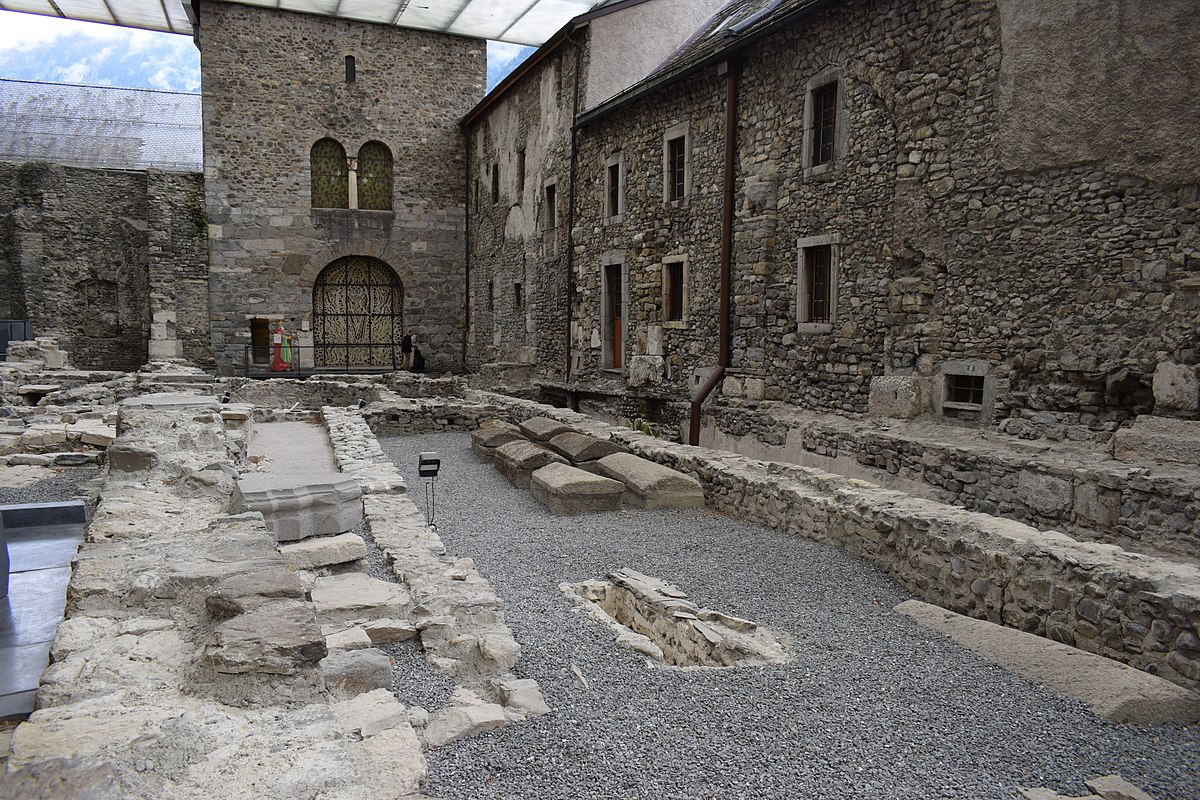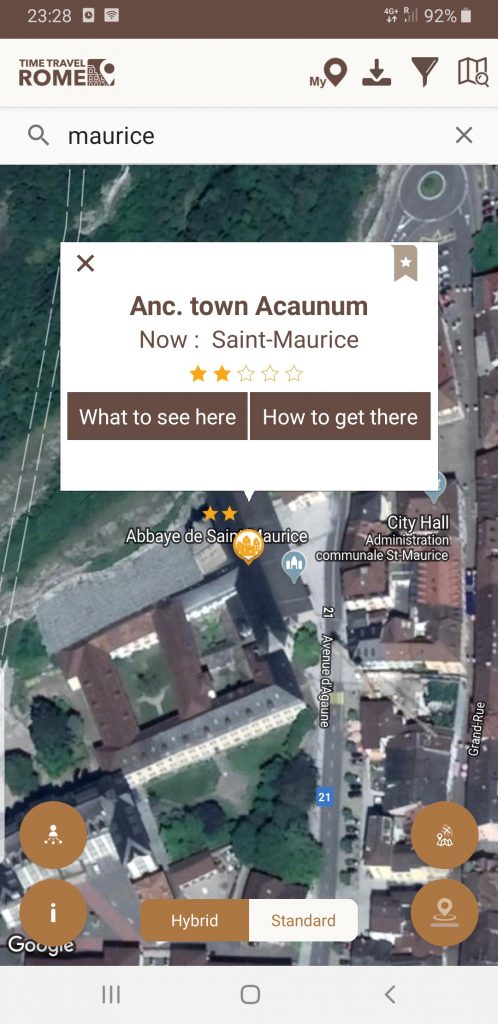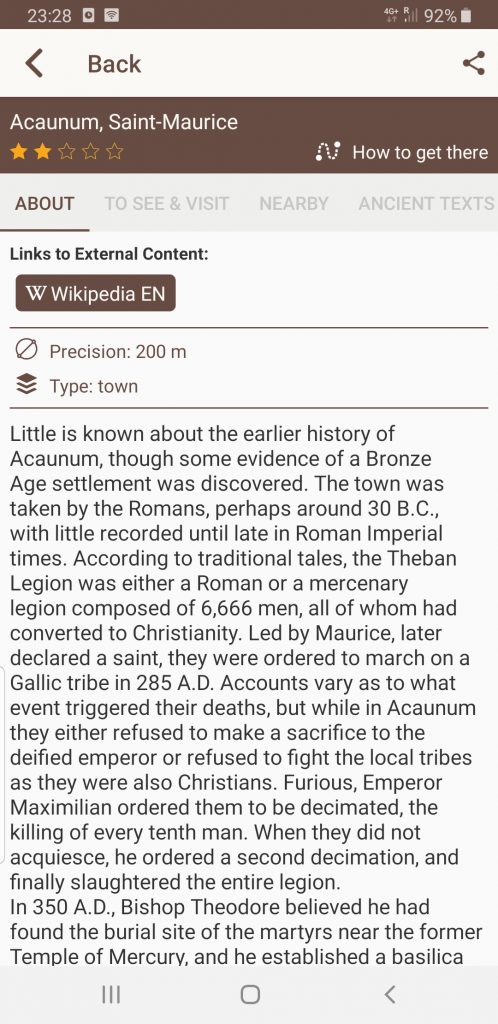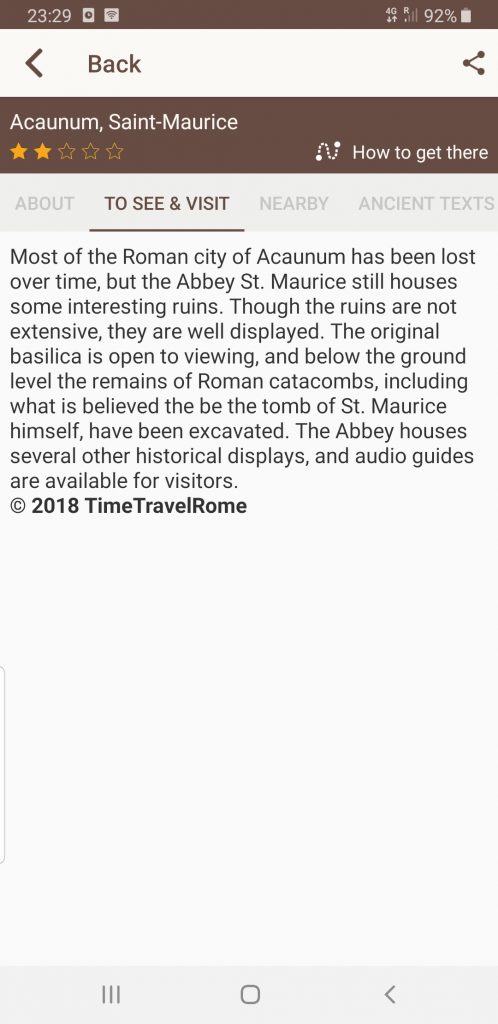The ancient ruins in the city of Acaunum, now modern day Saint-Maurice, are not extensive. Yet their display is beautiful, and they are steeped in the legend of the Decimation of the Theban Legion. Begun in the Bronze Age or before, it was around 30 B.C. that Acaunum fell under Roman rule. Traditional Christian accounts tell of the martyrdom of an entire Roman legion there. Scholars today disagree as to the amount of truth behind these tales.
Decimation in the Roman Army
The word “decimation” has lost some of its original meaning in the modern world. Today, it means simply a major destruction of something, or a serious loss. Yet in the Roman Era, decimation had very specific, and horrifying, implications. Derived from the base word “ten,” it was a severe military punishment which executed one-tenth of the offending unit. The earliest known decimation was in 471 B.C., though it soon fell into disuse. Crassus shocked the Romans by reintroducing it in 71 B.C., punishing cowardice during the Third Servile War against Spartacus. Its use was rare, and in the late 6th century A.D. Byzantine Emperor Maurice outlawed the practice. He had finally thought to question the negative effects it might have on the morale of the soldiers.
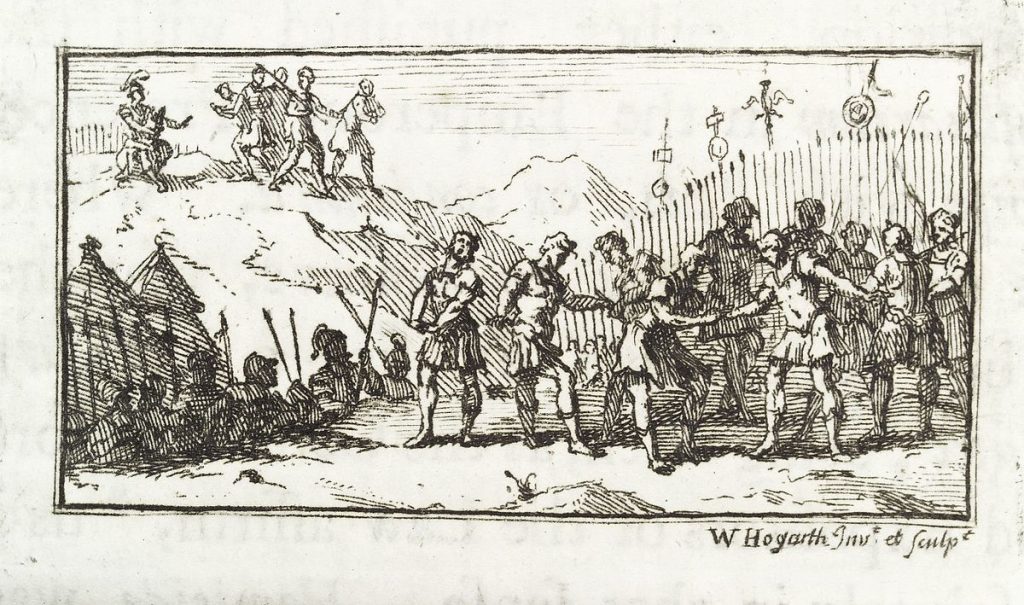
Decimation, a Roman military punishment by
https://wellcomecollection.org, licensed under CC BY 4.0
The most common procedure for the decimation was for the men to split into groups of ten. Everyone would then draw lots at random, and the man who drew the shortest condemned to death. His other nine companions were then forced to kill him, usually brutally by stoning, clubbing, or stabbing. They could not refuse, or they would themselves be executed. These were men who had fought in tight formation alongside one another in battle, now forced to beat one of their comrades to a slow and painful death. The surviving men ate rations of barley and camped outside the army fort for a prescribed length of punishment.
Fate of the Theban Legion
The Theban Legion was a group of mercenaries consisting of 6,666 men under the leadership of Maurice. The entire legion had converted together to Christianity. When orders came down from Emperor Maximilian in 285 A.D. to attack a Gallic tribe, they incurred his anger. Sources disagree as to what they did. They either refused to sacrifice to the emperor, or refused to fight because the local tribes were also Christians. The second seems fairly likely, as decimation was usually punishment for cowardice, unordered retreat, or dereliction of duty. However, there is no definite answer.
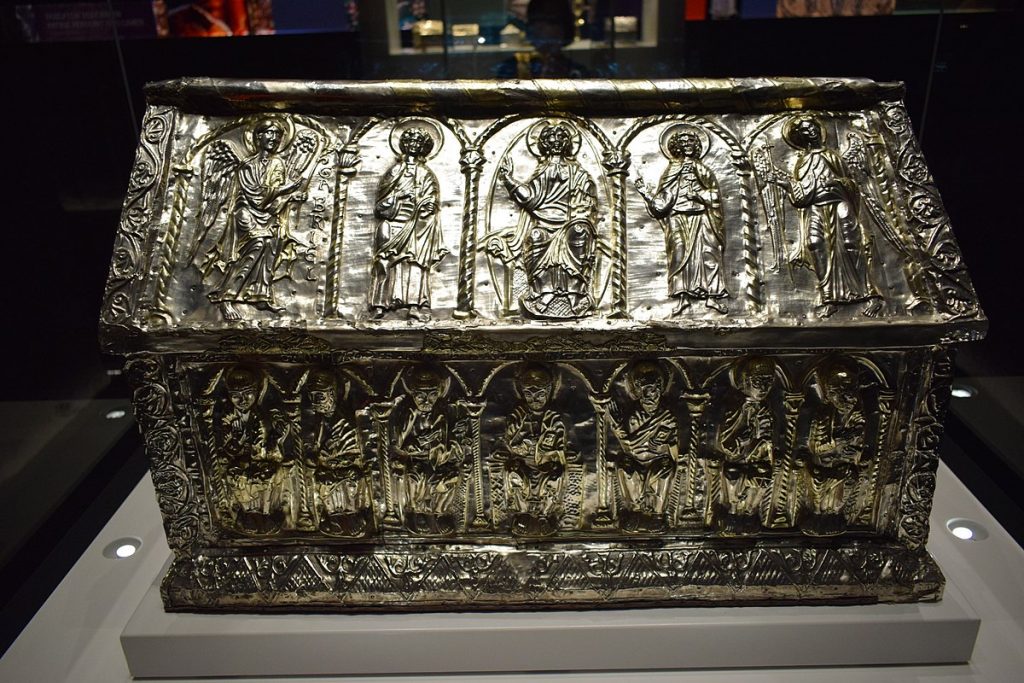
View of the “trésor de l’abbaye de Saint-Maurice,” by
Jean House , licensed under CC BY-SA 4.0
Whatever the initiating decision, Emperor Maximilian was furious, and ordered the legion’s decimation. When they still refused his orders, he continued to order decimation after decimation, until the entire legion was dead. In the late 4th century A.D., Bishop Theodulus of Octudurum believed he had identified bodies from the martyred legion. He built a basilica on the site to honor them. It became a popular pilgrimage destination, and later became an abbey. Both the abbey and the modern city now bear the name of the legion’s commander, Saint Maurice.
What to See Here Now ?
Most of the Roman city of Acaunum disappeared over time, but the Abbey St. Maurice still houses some interesting ruins. Though the ruins are not extensive, they are well displayed. The original basilica is open to viewing. Below the ground level the remains of Roman catacombs. Archaeologists have also excavated the tomb believed to be that of St. Maurice himself. The Abbey houses several other historical displays, and audio guides are available for visitors.
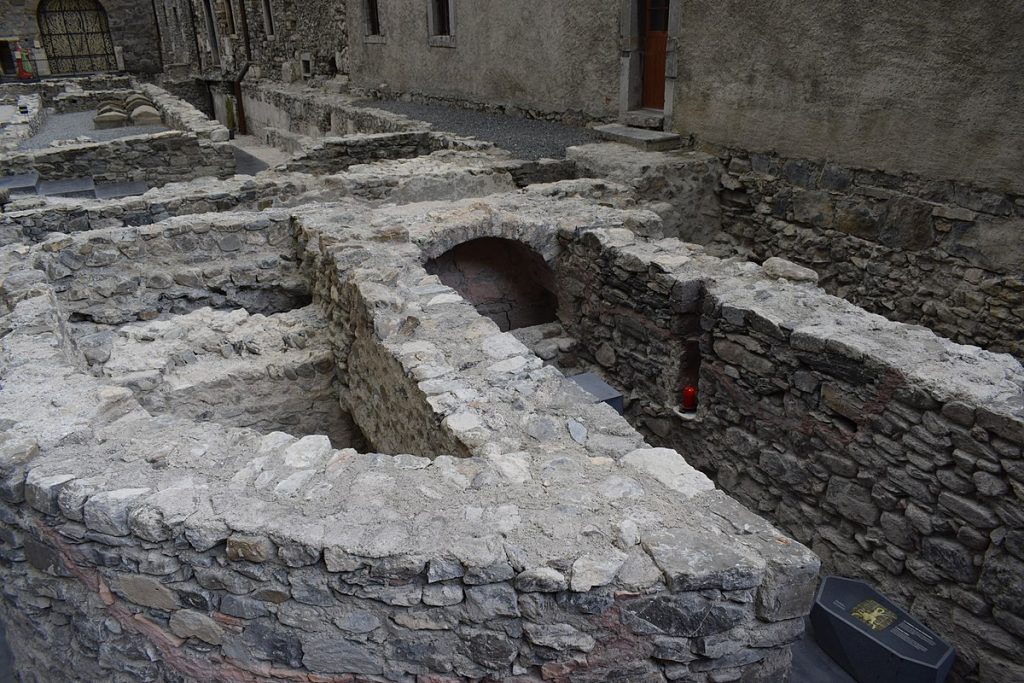
St. Maurice on Timetravelrome:
To find out more: Timetravelrome.
Author: written for Timetravelrome by Marian Vermeulen.
Sources: “Legio militum, qui Thebaei appellabantur” in Eucherius’ letter to Salvius; Polybius, The Histories; Plutarch, Life of Antony; Suetonius, The Twelve Caesars.
Header photo: View of the Abbaye of Saint-Maurice, in Valais canton (Switzerland) by Jean Housen licensed under CC BY-SA 4.0
